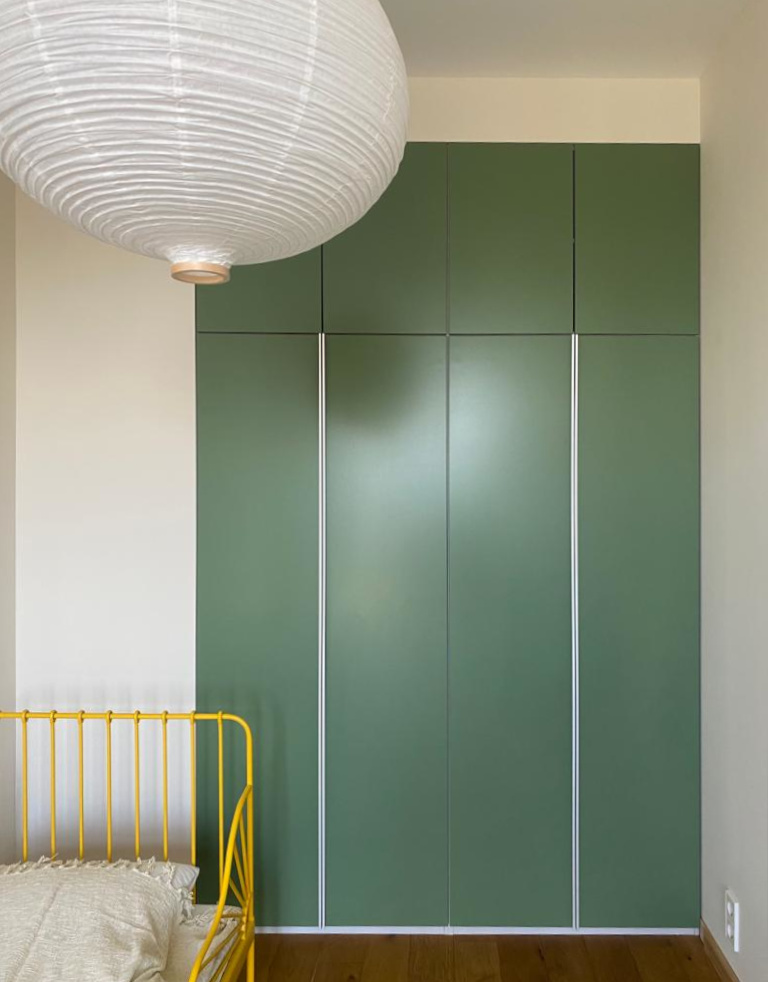Culinary Spaces Elevated: Transformations
The kitchen, once simply a place for meal preparation, has evolved into a multifunctional space that serves as the heart of the home. Today's culinary spaces are being transformed into hubs of activity, where cooking, dining, and socializing intertwine. This evolution has paved the way for a variety of kitchen trends that prioritize both functionality and style, ensuring that these spaces are not only practical but also aesthetically pleasing.
Conceptualizing the Modern Kitchen
Contemporary kitchen design concepts often incorporate open-plan layouts that blend seamlessly with living and dining areas. This design strategy not only creates a sense of spaciousness but also encourages interaction and togetherness. The inclusion of large kitchen islands or peninsulas allows for additional seating and workspace, proving to be valuable for both everyday use and entertaining purposes.
Integrating Advanced Technology
Cutting-edge technology has made its way into modern kitchens, with smart appliances and high-tech gadgets enhancing the culinary experience. From Wi-Fi enabled ovens that can be controlled remotely to refrigerators that help manage grocery lists and expiration dates, technology in the kitchen is aimed at making life easier and more efficient, giving more time back to busy homeowners.
Personalization Through Design
As kitchens become an extension of the homeowner's personality, personalization has become key in kitchen design. Custom cabinetry, creative lighting solutions, and unique backsplashes are just some of the ways individuals can make a statement. The choice of materials and finishes, from sleek and modern to rustic and traditional, reflects personal style and ties the kitchen to the overall design aesthetic of the home.
Functional Spaces with Sustainable Practices
Sustainability has also taken center stage in kitchen design, with an increased focus on energy-efficient appliances, sustainable materials, and waste reduction practices. Design choices such as bamboo flooring, recycled glass countertops, and LED lighting are not only environmentally friendly but also add to the visual appeal of the space.
Maximizing Comfort and Efficiency
Ergonomics play a crucial role in modern kitchen design. The layout of appliances, the height of countertops, and the placement of storage all work together to create a space that minimizes strain and maximizes usability. Features like pull-out shelves, soft-close drawers, and touch-free faucets add comfort and efficiency to daily tasks.
The Fusion of Indoor and Outdoor
Culinary spaces are increasingly integrating with outdoor areas, with many designs incorporating features like folding glass walls or French doors that open onto patios or garden spaces. This connection to the outdoors not only expands the livable space but also promotes a healthier lifestyle with easier access to outdoor dining and cooking options.
Conclusion
The kitchen, thanks to design innovations and technological advancements, has undergone a transformation that reflects changing lifestyles and preferences. Culinary spaces elevated are about creating an environment that is efficient, inviting, and personalized. These transformations encourage a new way of living, where the kitchen is no longer just a place to prepare food, but a versatile, vibrant space that sits at the center of the home.
